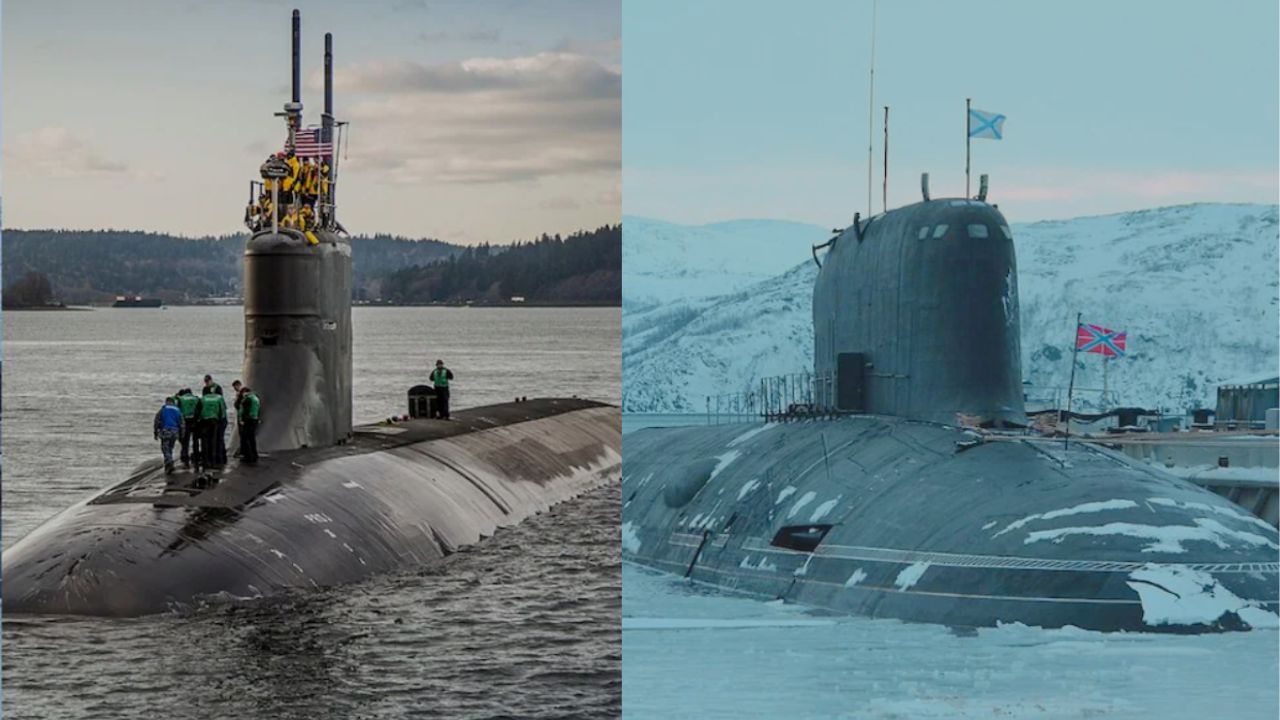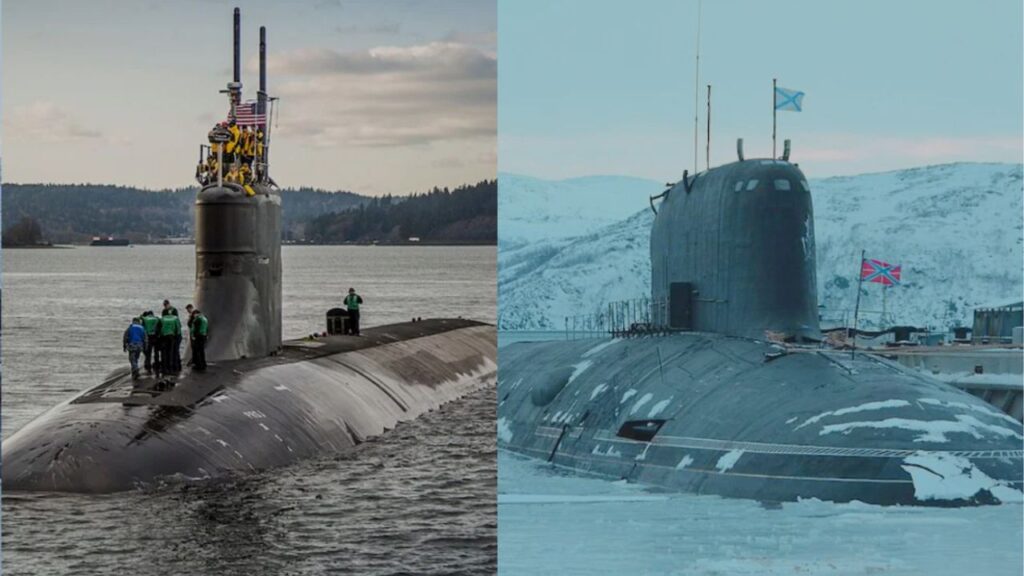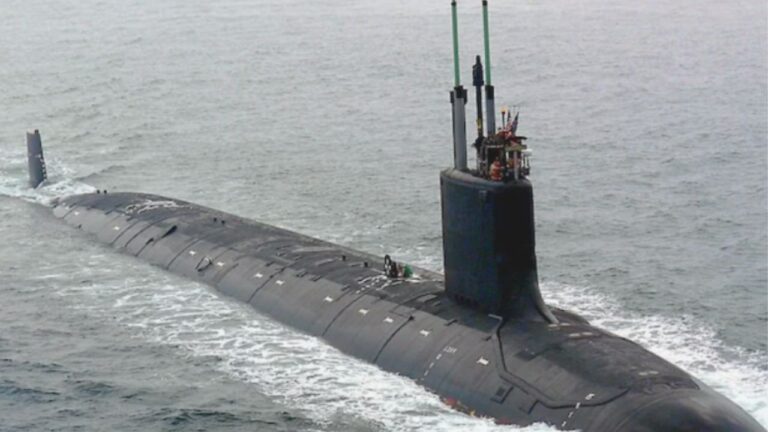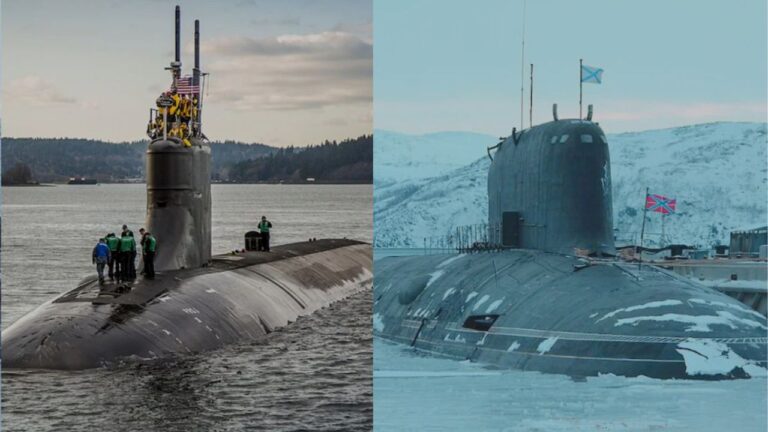
Who Rules Under Oceans? Unveiling the Submarine Power Struggle Between the US and Russia
Beneath the world’s oceans, beyond the reach of satellites and radars, a silent but high-stakes battle rages—one that rarely makes headlines yet defines global military supremacy. It’s a clash of stealth, technology, and sheer power: the United States vs. Russia in the race for underwater dominance. Submarines, once simple war vessels, are now floating fortresses, capable of launching nuclear strikes, conducting covert surveillance, and even disrupting underwater cables. So, who truly rules under the oceans?
Let’s dive into the submerged showdown between two of the world’s most formidable naval powers.
The Strategic Role of Submarines
Modern submarines are more than just military machines—they’re strategic deterrents, intelligence assets, and diplomatic leverage all rolled into one. Their ability to operate undetected in hostile waters gives nations first-strike and second-strike capabilities, especially when armed with ballistic missiles.
In the current geopolitical climate, where tensions simmer across Europe, the Arctic, and the Indo-Pacific, undersea warfare has emerged as a crucial frontier. And in this arena, the U.S. and Russia stand toe-to-toe, each with unique strengths and strategies.
United States: Masters of Silent Precision
The United States Navy operates the largest and most technologically advanced submarine fleet in the world, boasting over 70 operational submarines.
🔹 Classes of Strength
- Ohio-Class (SSBNs): 14 submarines serve as the cornerstone of America’s nuclear deterrence, each carrying up to 20 Trident II ballistic missiles.
- Virginia-Class (SSNs): The cutting-edge fast-attack submarines designed for stealth, intelligence gathering, and anti-submarine warfare.
- Seawolf-Class: Extremely quiet and lethal, though limited in number, these subs are used for special operations and surveillance in contested waters.
🔹 Technological Supremacy
- The US Navy’s edge lies in acoustic stealth, nuclear propulsion systems, and underwater sensors.
- Submarines like the USS South Dakota employ the latest sonar-absorbing materials and electronic warfare tools.
- The U.S. is also heavily investing in Unmanned Underwater Vehicles (UUVs) and AI-driven navigation systems, widening the tech gap with adversaries.
Russia: Reviving the Red Fleet’s Underwater Might
While smaller in number, Russia’s submarine fleet is diverse, heavily armed, and strategically placed. The Russian Navy maintains around 60 submarines, including a formidable mix of nuclear-powered ballistic missile subs (SSBNs), guided-missile subs (SSGNs), and diesel-electric attack subs (SSKs).
🔹 Classes of Strength
- Borei-Class (SSBNs): Russia’s newest generation of nuclear subs, armed with Bulava intercontinental ballistic missiles capable of bypassing missile shields.
- Yasen-Class (SSGNs): Russia’s answer to the Virginia-class—quiet, heavily armed, and built for long-range precision strikes.
- Kilo-Class and Lada-Class (SSKs): Diesel-electric subs ideal for operations in shallow or coastal waters, particularly in Europe and the Black Sea.
🔹 Strategic Posturing
- Russia positions its submarines in the Arctic, Pacific, and North Atlantic, enabling access to key maritime routes.
- Its focus on multi-role submarines and undersea drones like the Poseidon (capable of carrying nuclear warheads) shows a shift toward unconventional undersea warfare.
US vs. Russia: Head-to-Head
| Category | United States | Russia |
|---|---|---|
| Total Operational Submarines | ~70 | ~60 |
| Nuclear Submarines (SSBN/SSN) | ~53 | ~40 |
| Ballistic Missile Capability | Trident II (Ohio-Class) | Bulava (Borei-Class) |
| Stealth Technology | Advanced acoustic dampening, AI | Improved stealth in Yasen-class |
| Special Ops Capability | High (Seawolf & Virginia-class) | Moderate |
| Undersea Drone Development | Active UUV R&D | Poseidon nuclear drone (in testing) |
Who Rules the Depths?
While the United States leads in technology, stealth, and global reach, Russia’s asymmetrical strategies, Arctic advantage, and nuclear focus make it a dangerous rival. The U.S. Navy’s global infrastructure and ability to deploy subs to any ocean within days give it a tactical upper hand. However, Russia’s regional dominance in contested waters, such as the Arctic and Baltic Seas, ensures that the balance remains tense.

The true ruler under the ocean may not be the one with more submarines, but the one with more control over choke points, better stealth, and faster response mechanisms. In that respect, the battle is far from over.
A Cold War Reimagined—Underwater
As the surface-level diplomatic talks and geopolitical rivalries dominate headlines, a quieter, far more secretive war continues beneath the waves. Both the U.S. and Russia know that the ocean’s depths could be the first front of a future conflict—and both are preparing accordingly.
In this deep-sea duel of silence and shadows, one truth remains clear: whoever rules under the oceans, holds the key to the next era of global power.




